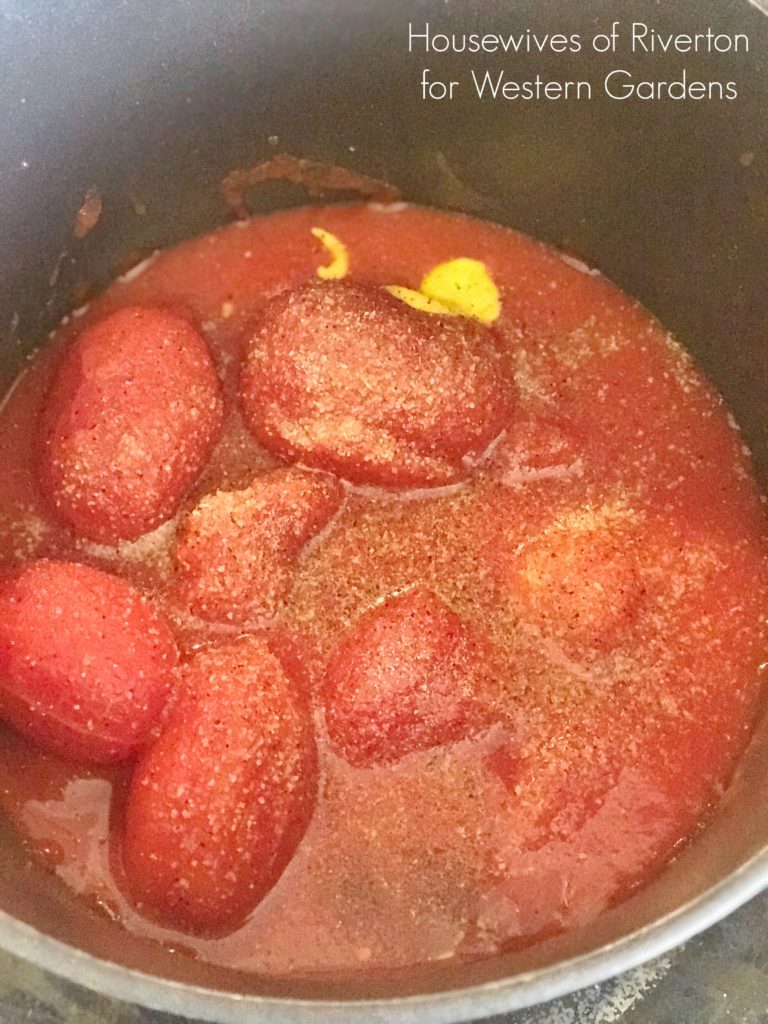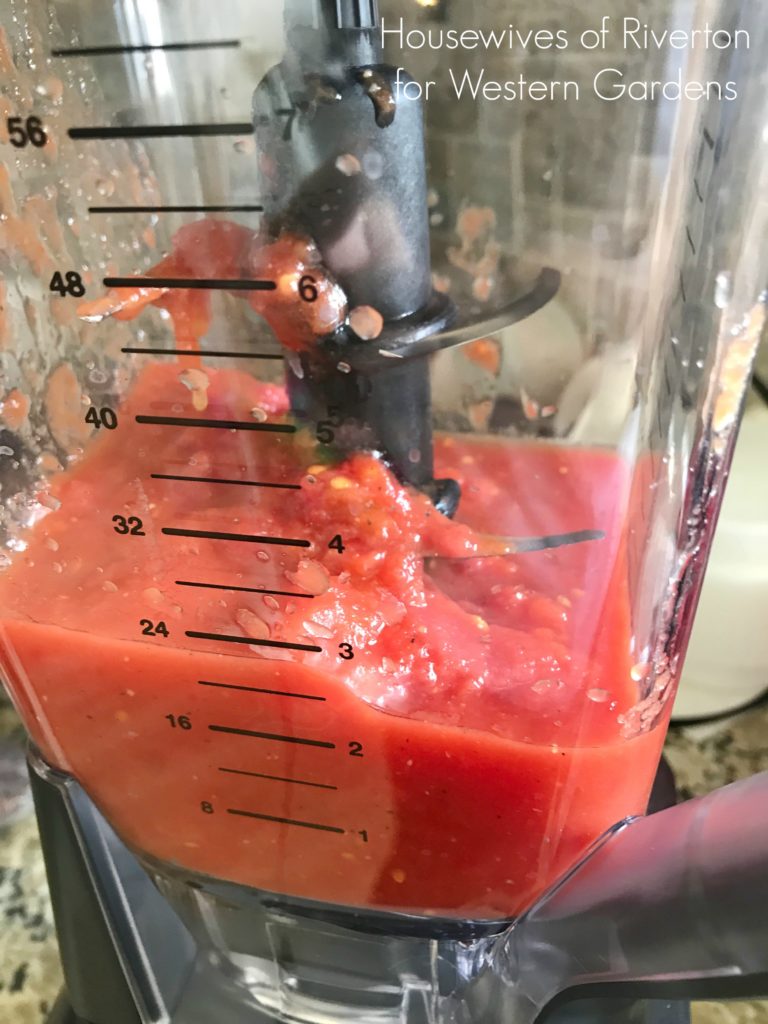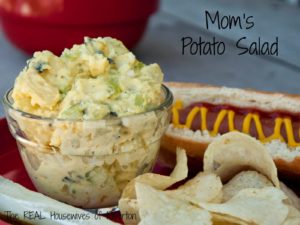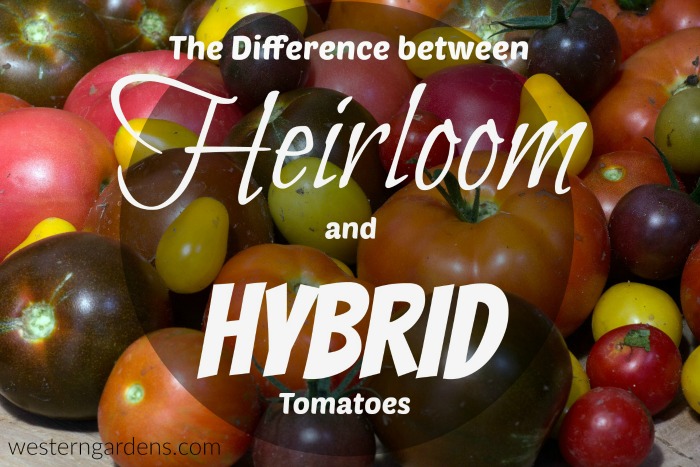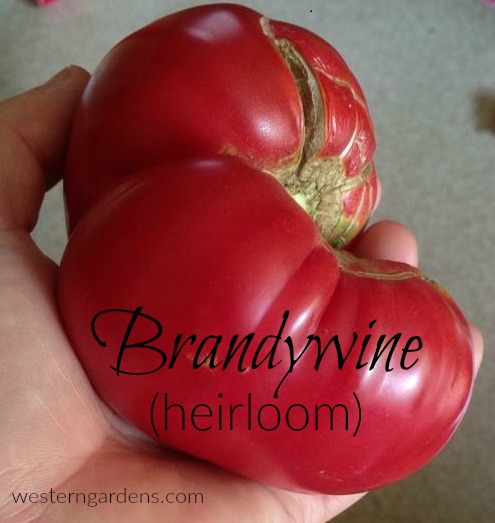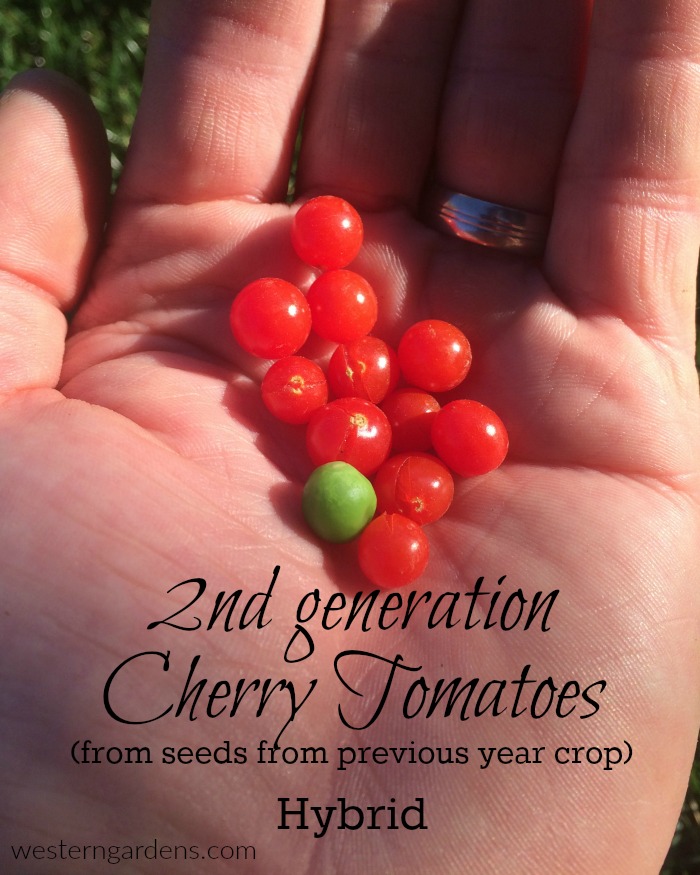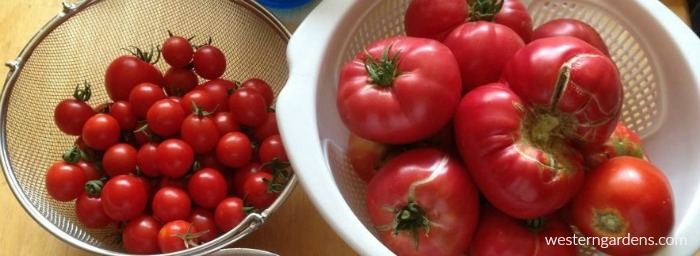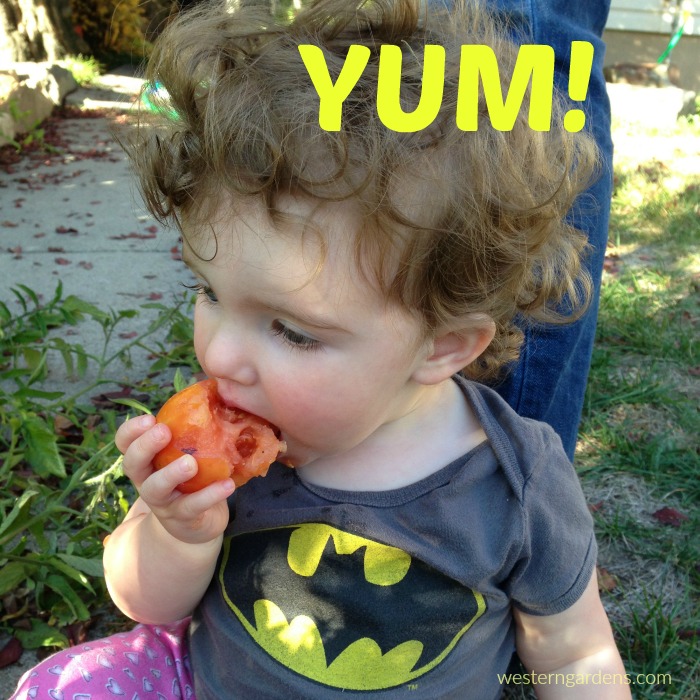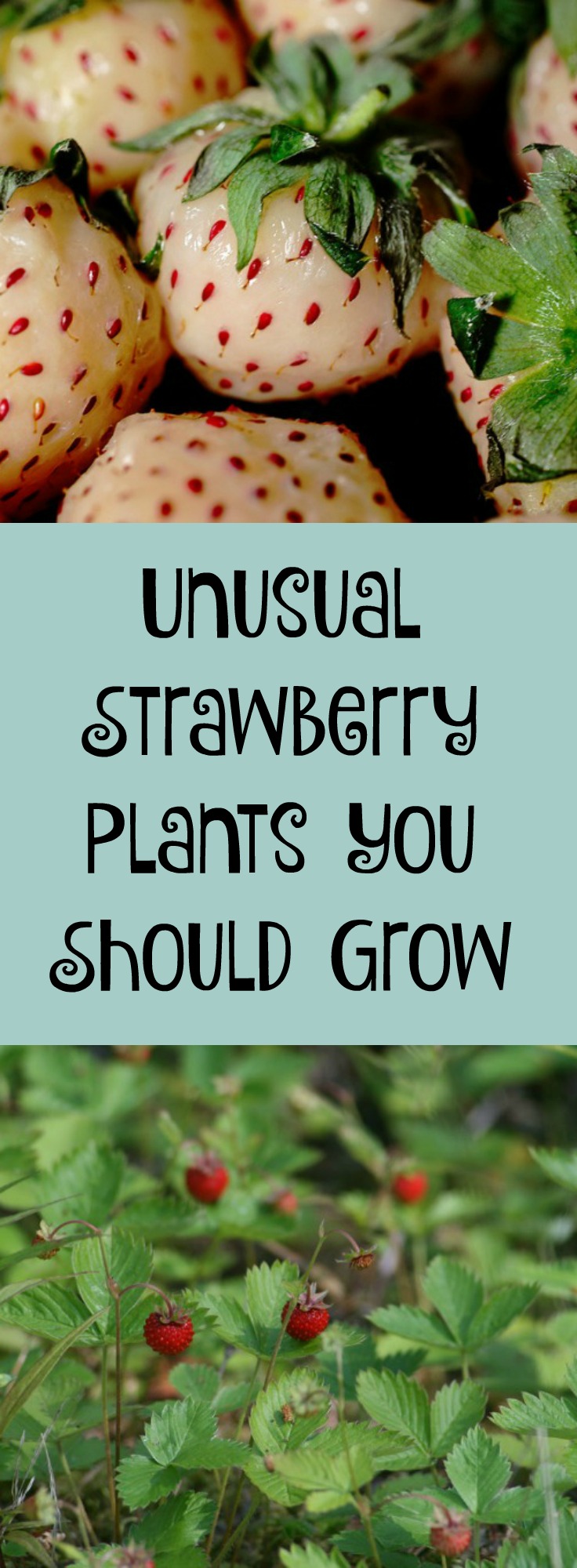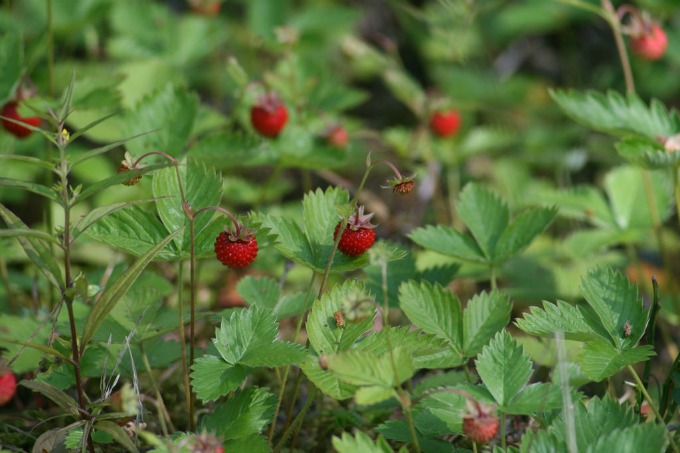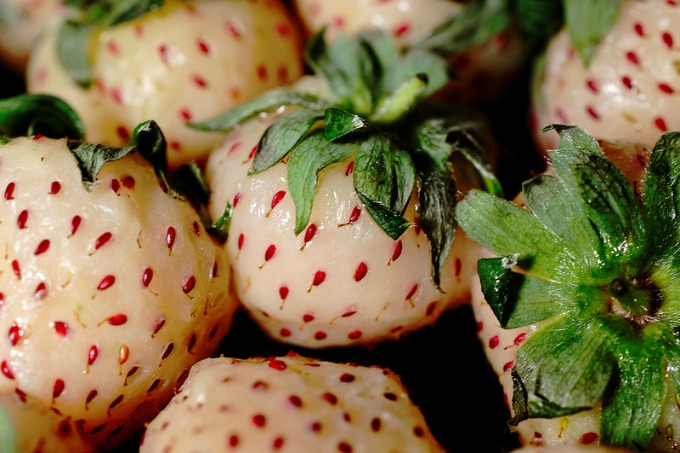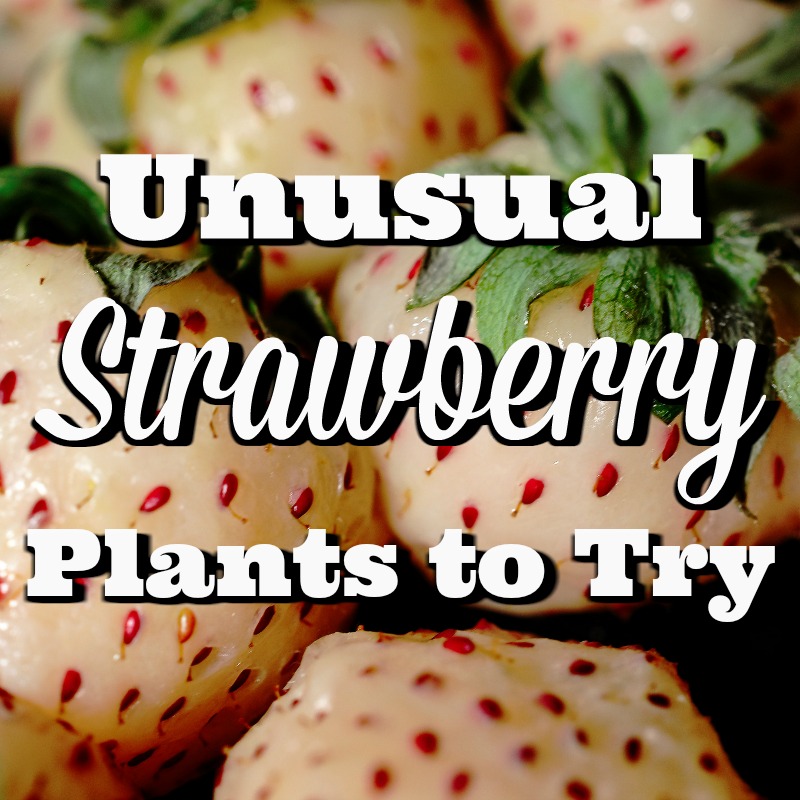Welcome Friends! Glad you are here.
Edible flowers from the garden are an often overlooked delicious treat. As a young child, each summer we would visit family living in California. In the yard was a giant honeysuckle with beautiful red-gold flowers. My cousins showed me how to pluck the flowers, pull off the green at the base of the blossom, and suck out the sweet nectar; hence, the name honeysuckle. My young taste buds looked forward each summer to that sweet taste.
As an adult, I have since learned that there are many kinds of flowers that are edible. For example, many people know that dandelion blossoms and greens are edible. However, there are a number of commonly grown flowers that are generally overlooked as a possible addition to a salad.
Recently, I’ve experimented with flowers that are not simply beautiful but are also edible, with some surprises along the way.
Important points to remember about edible flowers:
- Pesticides – If you are going to eat any of your flowers, be sure you never use pesticides or other chemicals on any part of the plant that produces them. Your edible flowers could become not so edible.
- Research – Before sampling something, please be sure you research whether or not it is safe to ingest. Not all blossom are edible flowers. Also, even if the flower is edible, it does not automatically follow that all other parts of that plant are also edible. Those honeysuckles blossoms I loved to taste as a child are safe, but the berries produced by the same vine are not.
- Allergies – As with any other food, be aware that some people are allergic to some flowers. If you already know you are allergic to a particular plant, avoid eating the flowers.
- Birds vs Humans – Just because birds can eat a berry, doesn’t mean that they are safe for human consumption.
- Cleanliness – Remember to wash the blossoms before eating them. This will help remove any dust, dirt, or small insects that may be hanging out on the petals.
- Environment – The flavor of flowers will be impacted by how much water the plant receives, the timing of when you harvest it, the soil conditions, and the variety (and sometimes even the color of the flower).
A few Edible Flowers to Try:
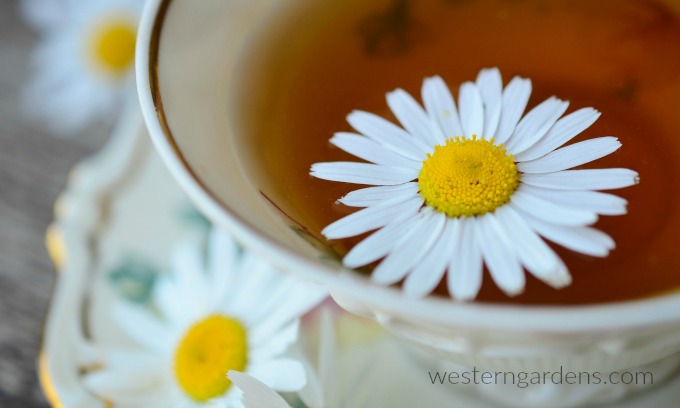
Chamomile – Photo Credit: Pixabay
Chamomile – These simple white flowers are lovely and they also make good herbal tea. I’ve grown them a few times and had to learn to harvest the flowers while the plant was young or the flavor became less to my liking. Plus, my home grown chamomile had a more “wild” taste than the product I buy in teabags at the grocery store. It was a bit of an adjustment.
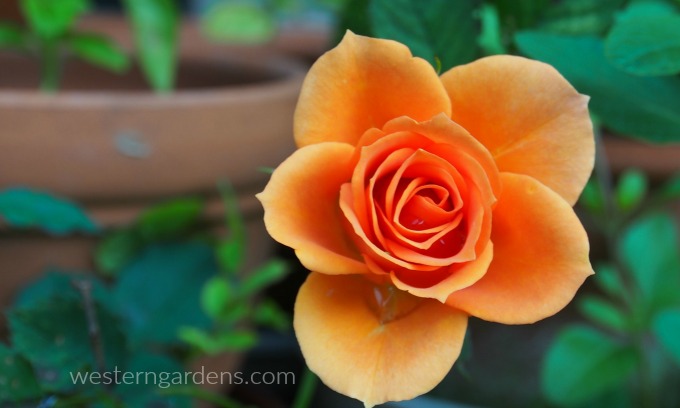
Rose – Photo Credit: Pixabay
Rose – Roses are not only a beautiful and dramatic garden favorite, they are edible. I’ve heard of sugared rose petals, though I’ve never personally tried one. Rose water is a popular ingredient in a variety of dishes, from cakes to beverages.
Basil Flowers – Photo Credit: Pixabay
Herbal Flowers (dill, basil, thyme, mint, etc.) – Eating the flowers from your herb garden can provide new options for seasoning your foods. The flowers generally taste much like the leaves but can be a milder flavor, or a spicier flavor, or different enough that maybe you don’t like it as much as the leaves. Give them a try and see what you think!

Sage blooms in salad – Photo Credit: Marjorie C.
I personally love the flowers from sage. They remind me of honeysuckle because of their sweetness, which was a surprise to experience. We add edible flowers to salads or eat them straight off the plant.
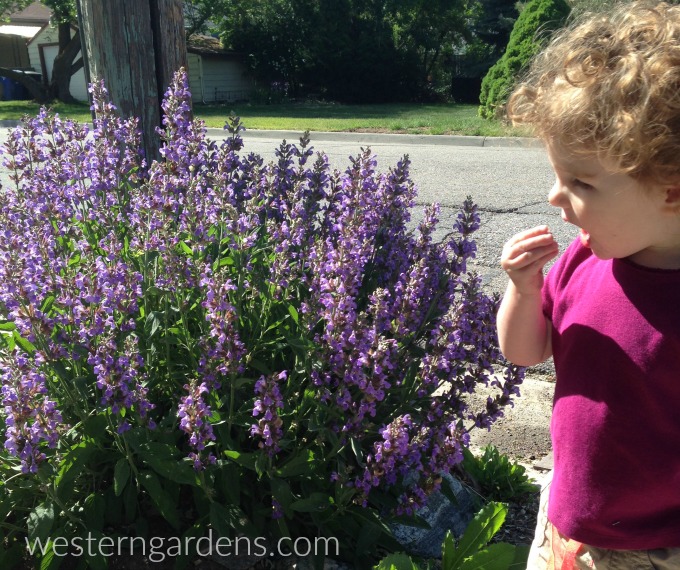
Sage – Photo Credit: Marjorie C.
Tulip – This spring we tried eating our tulips. They basically grow wild in our back yard. My daughter described the flavor perfectly, “sweet red lettuce”.
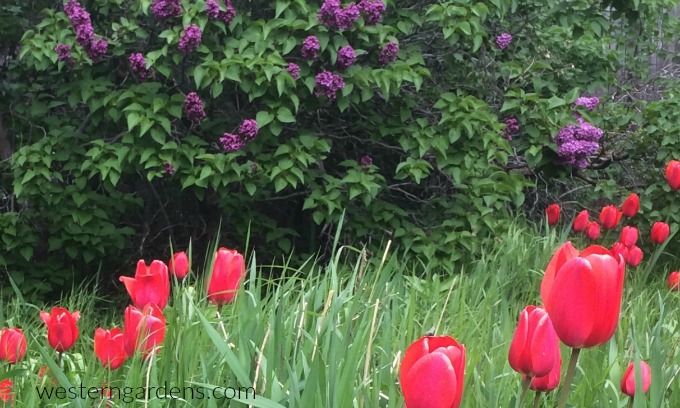
Lilacs and Tulips – Photo Credit: Marjorie C.
Lilac – I learned only recently that lilacs are edible, too! I have about half a dozen lilac bushes on my property (thanks to the previous owner). I love their scent and now look forward to trying out the taste next spring. I will have purple, pink, and white lilacs to sample. I think I’ll try a blind taste test to see if I can identify the color of the blossom from its flavor.
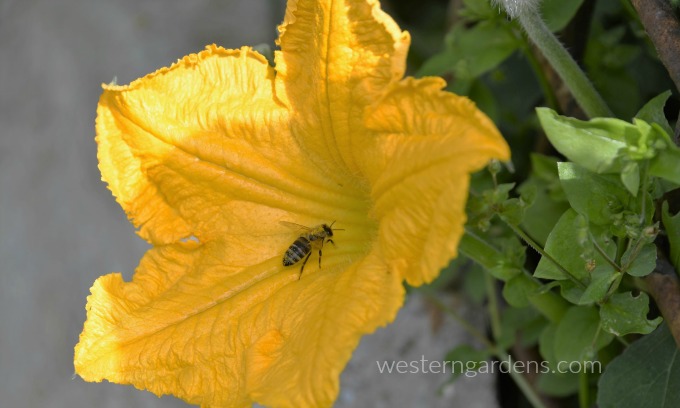
Squash Bloom – Photo Credit: Pixabay
Squash – The blossoms from pumpkin vines, zucchini plants, and all other varieties of winter and summer squash are edible. Everyone knows that we all end up with more zucchini than we know what to do with by the end of the summer. Consider plucking some of the flowers earlier in the growing season and stuffing them, frying them, or making them into soup.
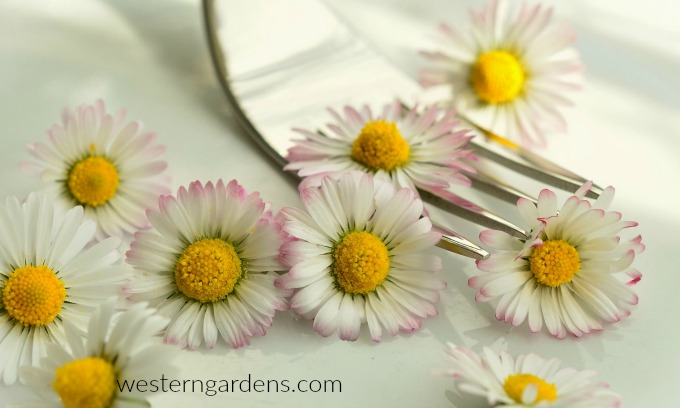
Daisies – Photo Credit: Pixabay
Others – A few other varieties of edible flowers that are common across Utah include: lavender, pansy, peony, marigold, nasturtium, violets, hibiscus, dandelion, clover. Read about additional Favorite Edible Flowers.
Finally, just because a flower is edible doesn’t mean it will taste good to you! Some will taste better to you than others. Be safe and have fun sampling!
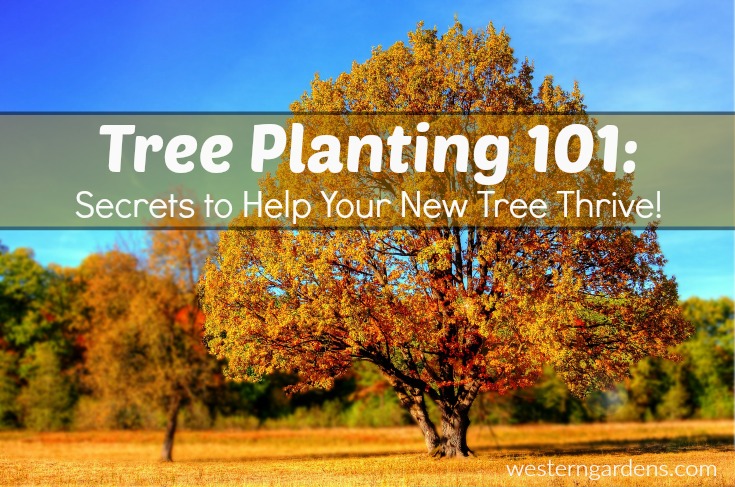
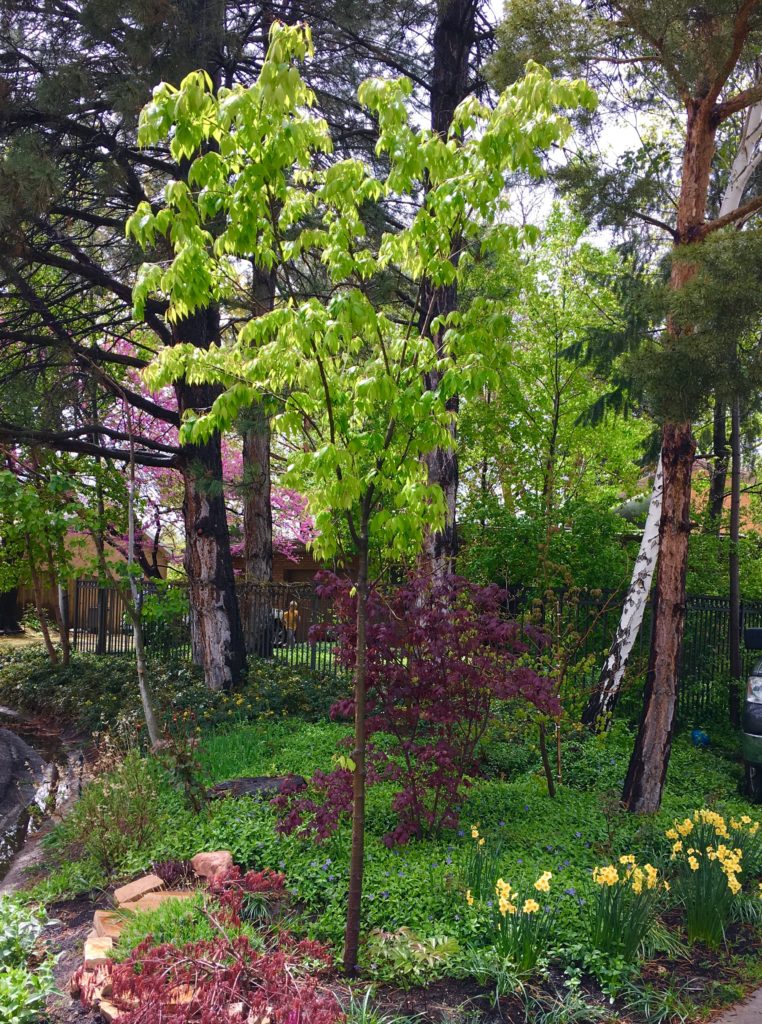
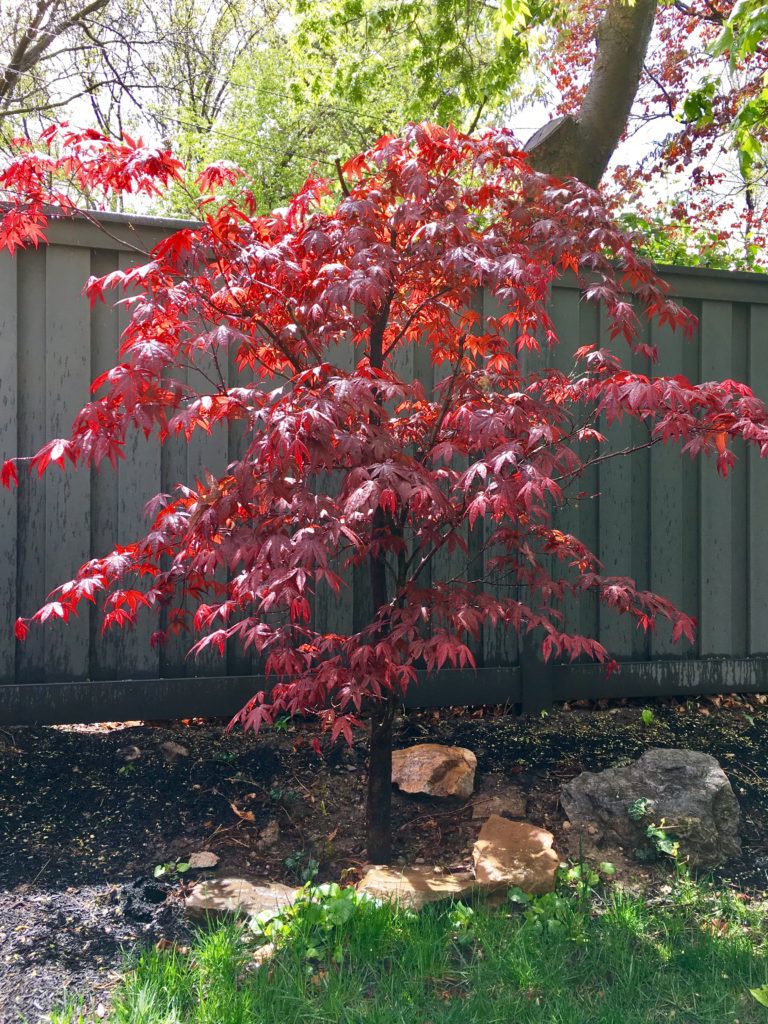
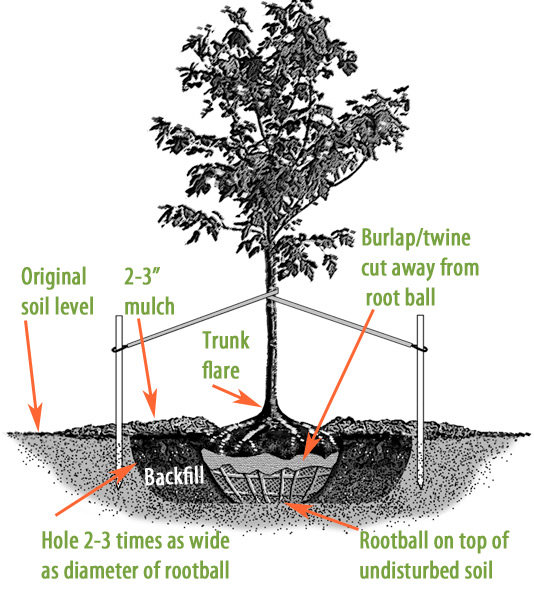
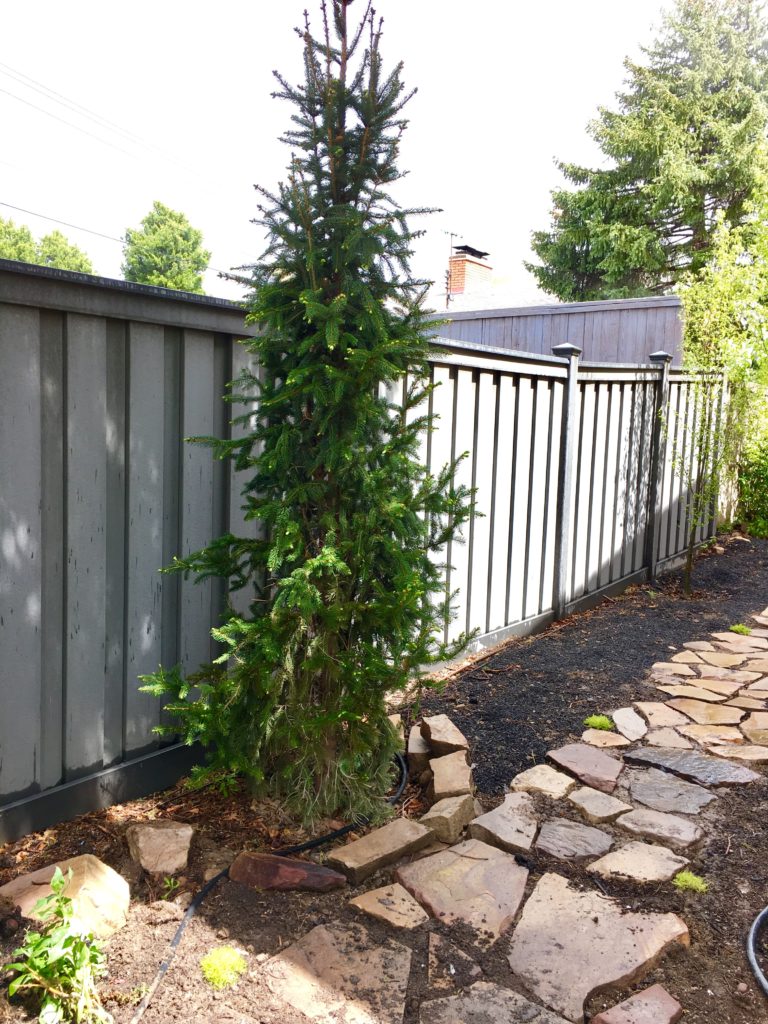
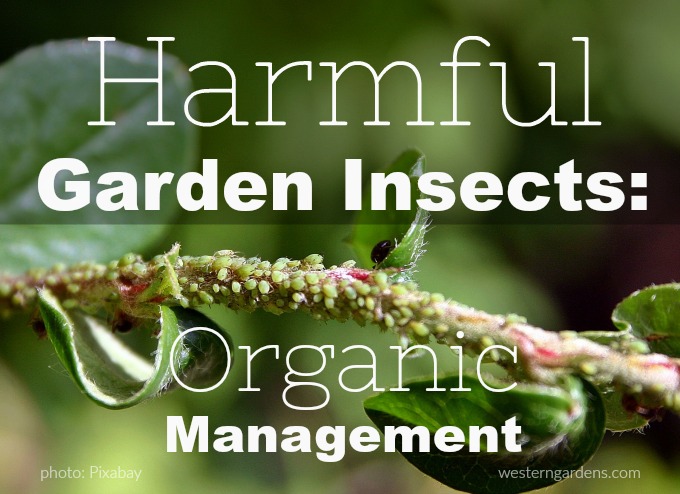
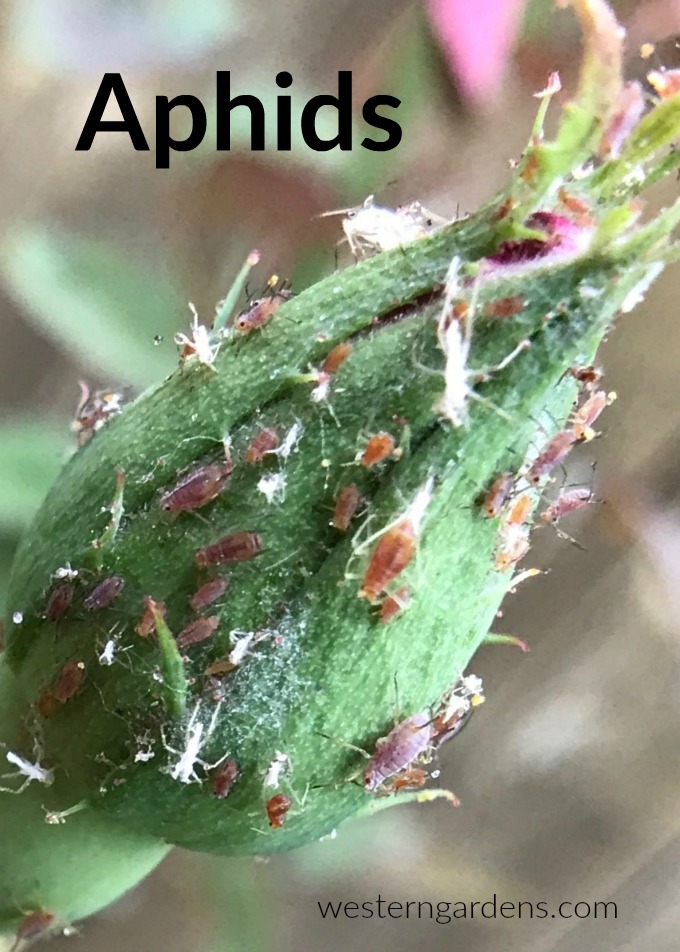
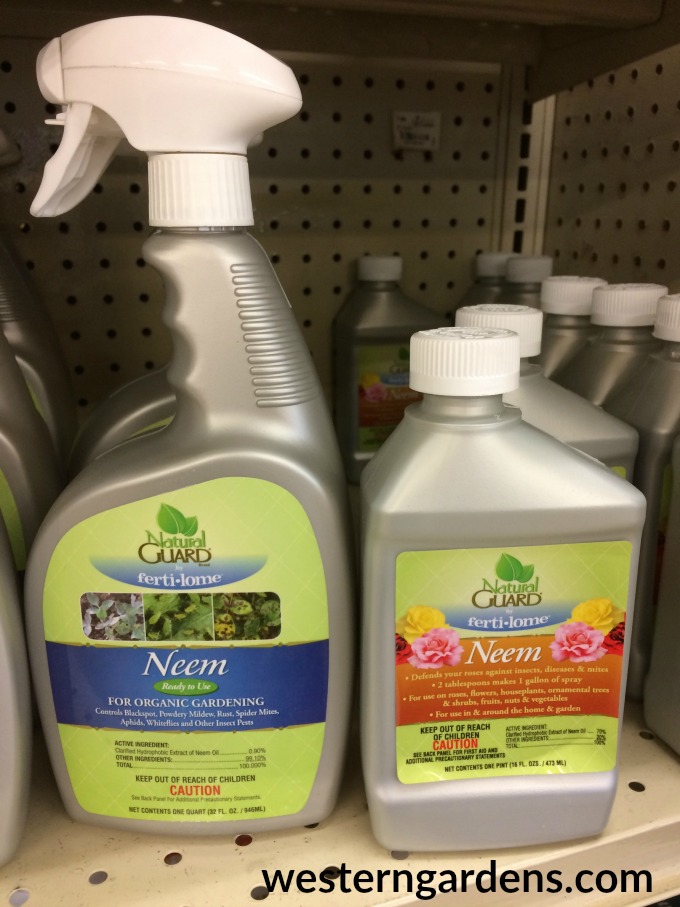
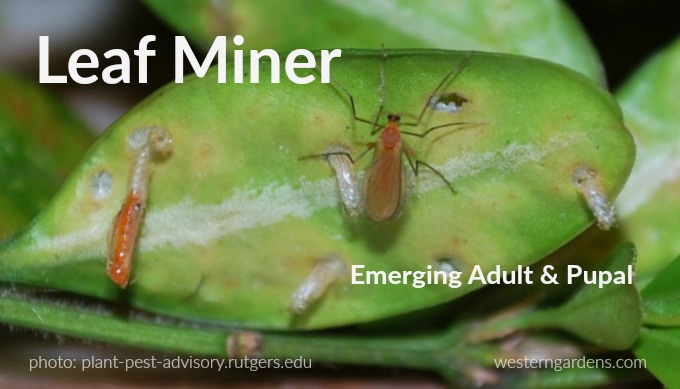
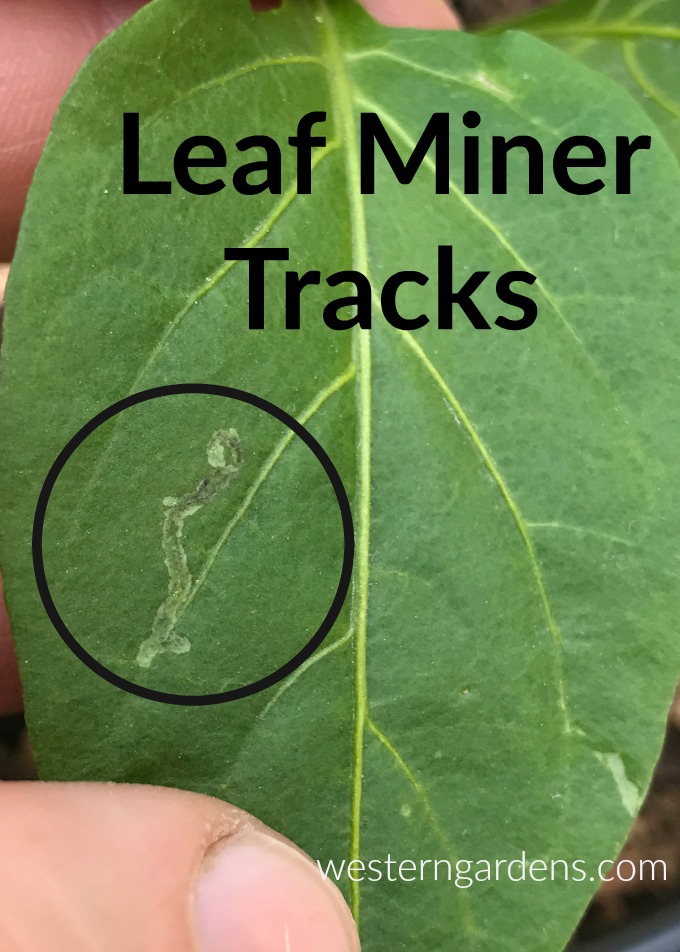
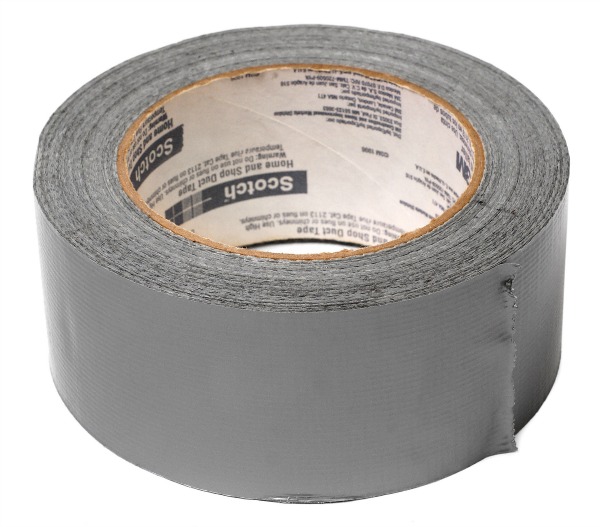
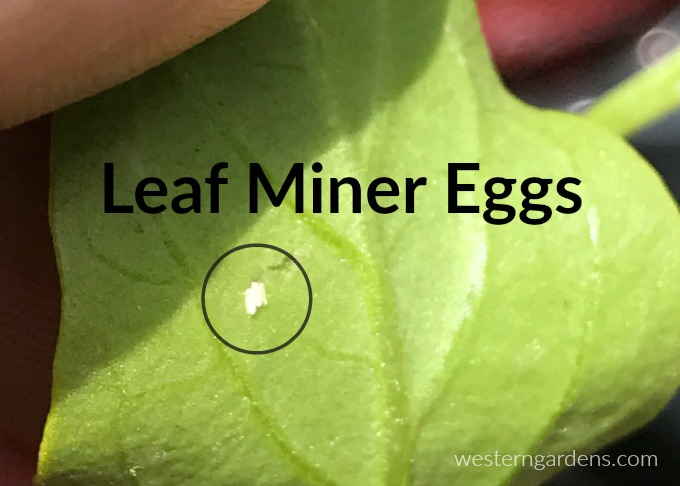
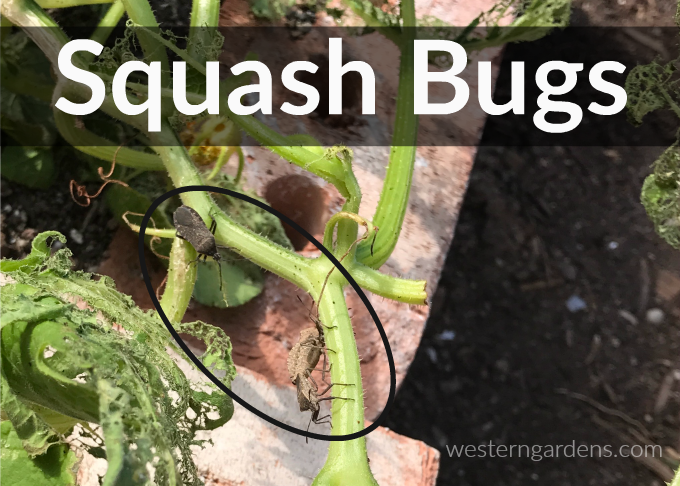
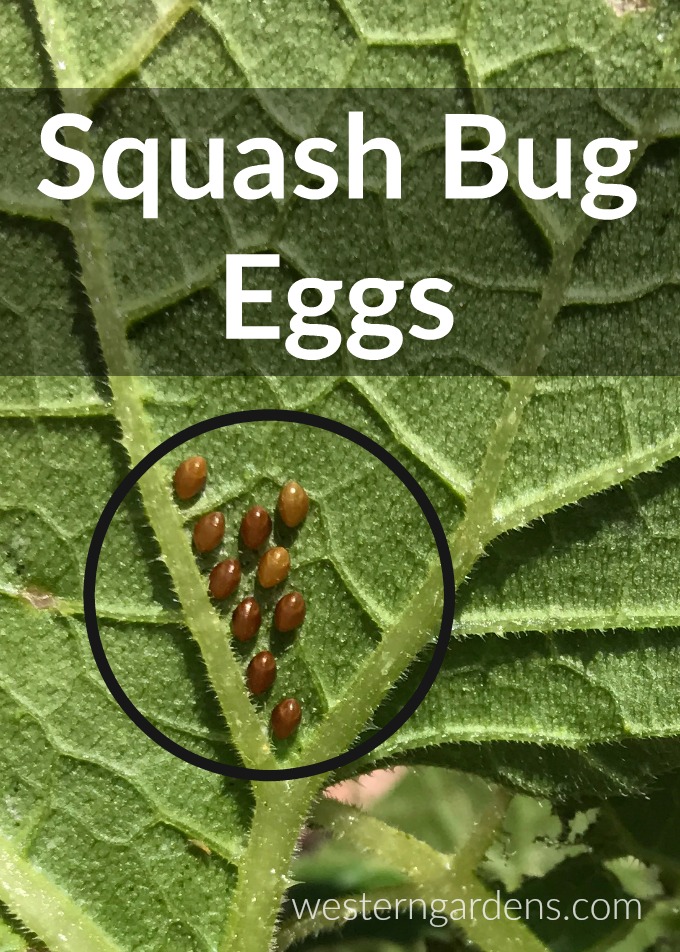
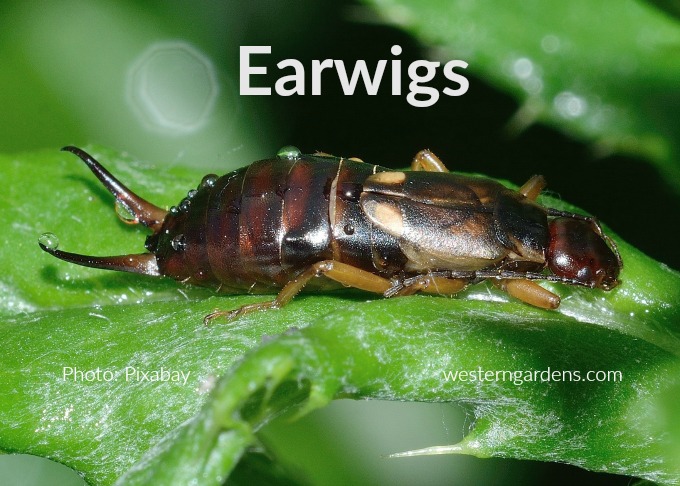
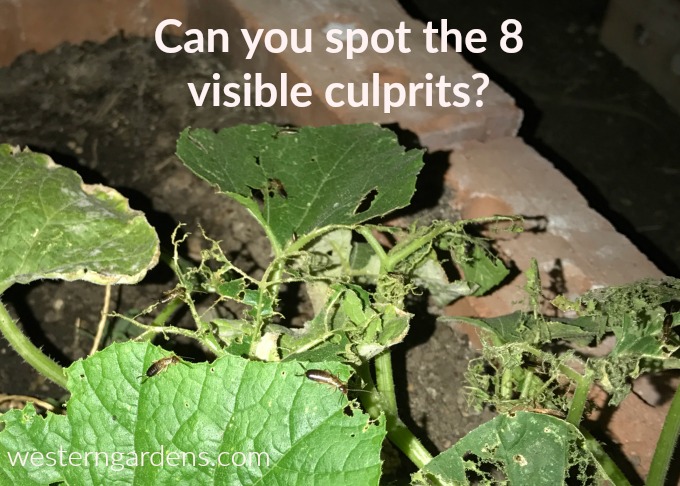
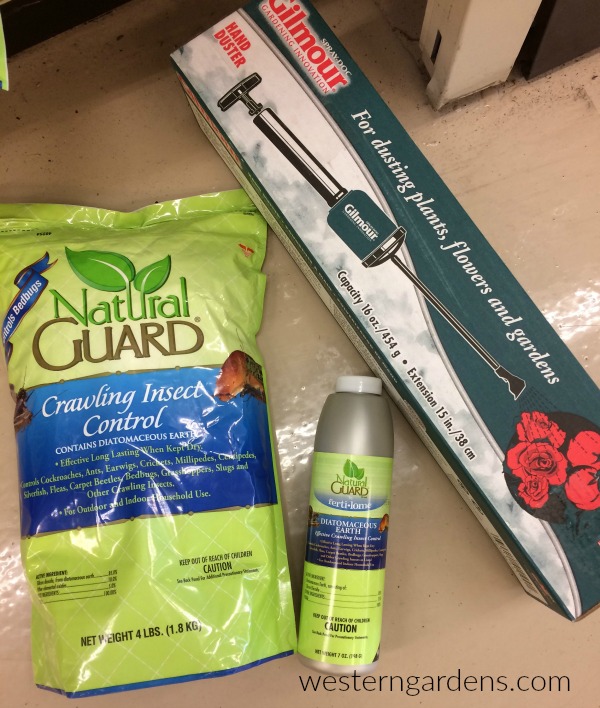
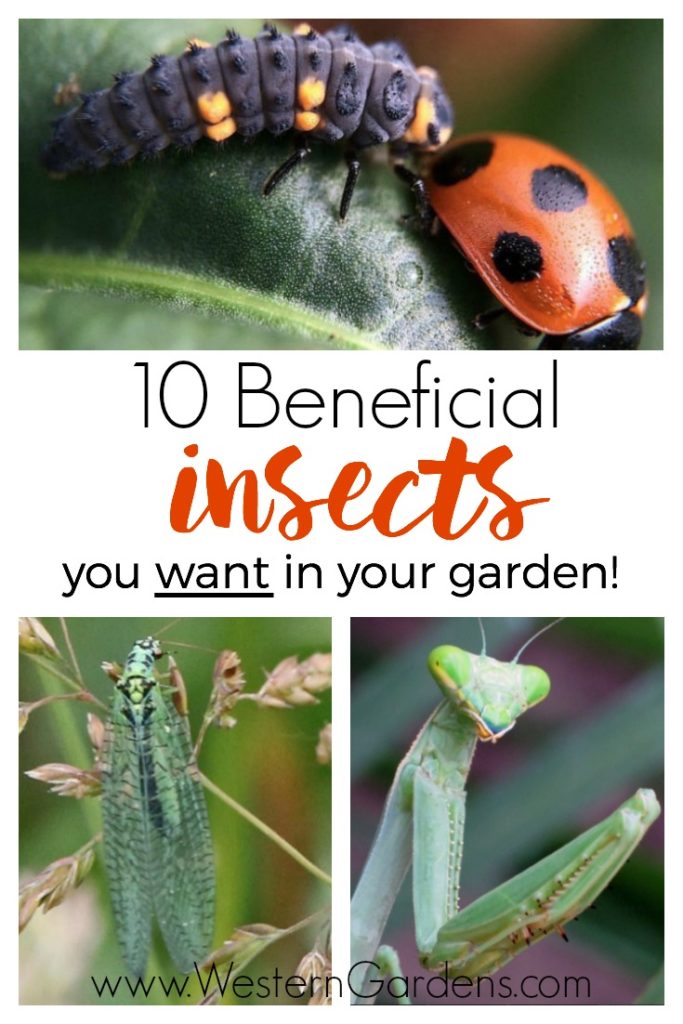
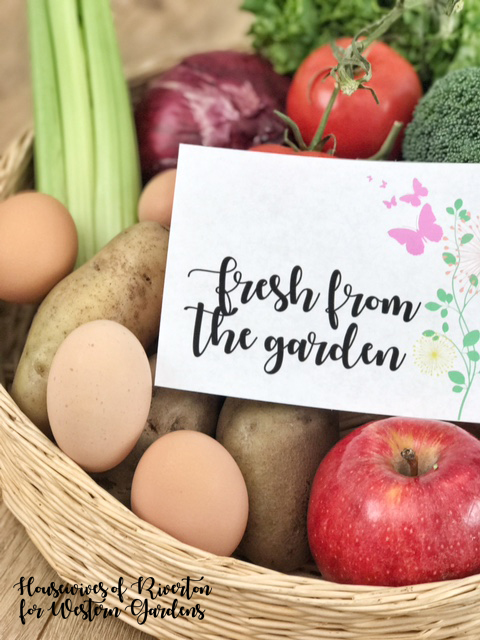
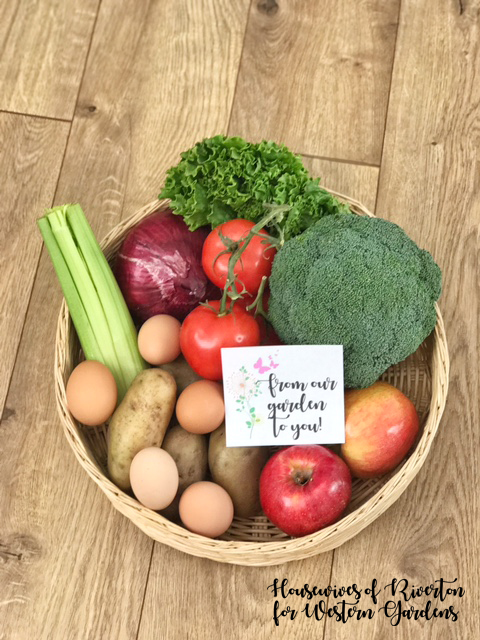


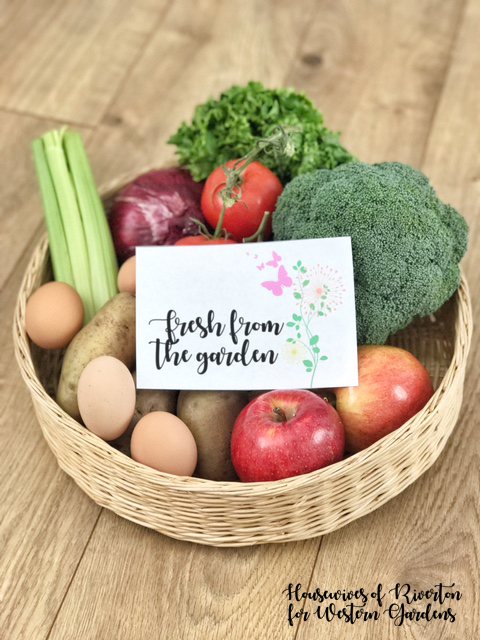

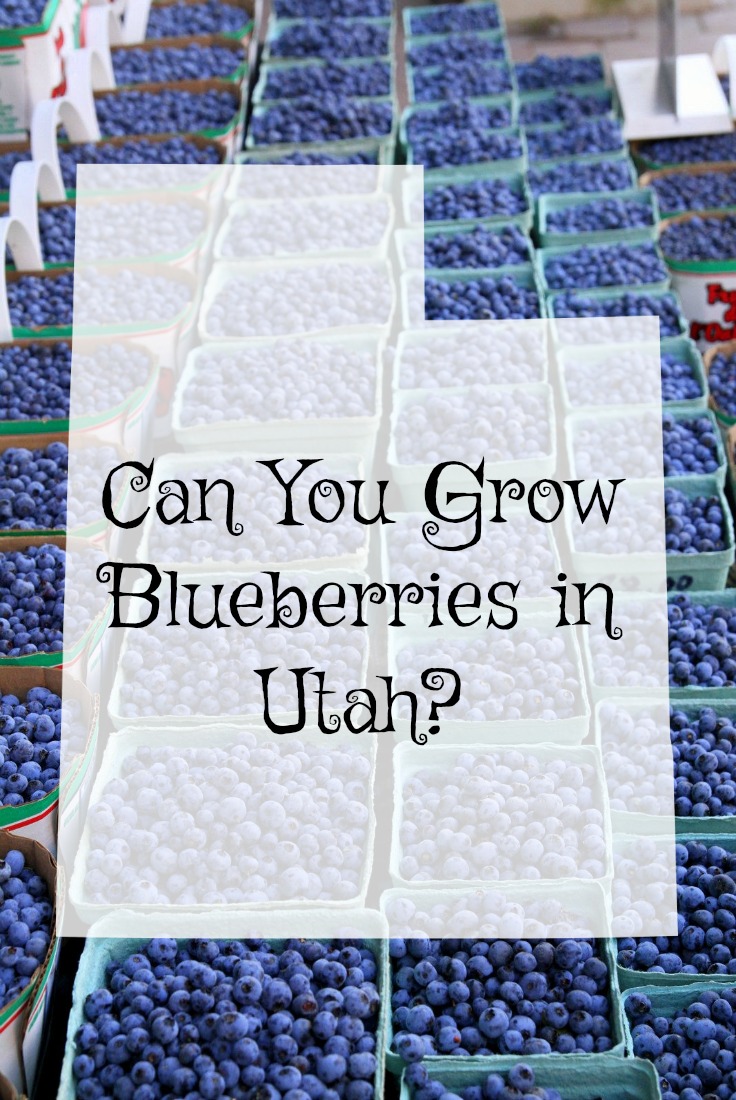
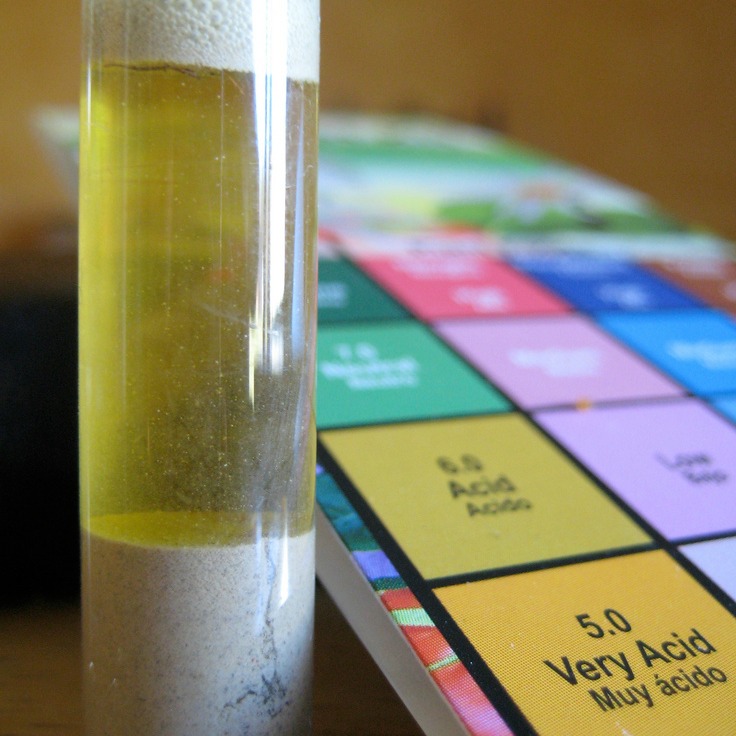
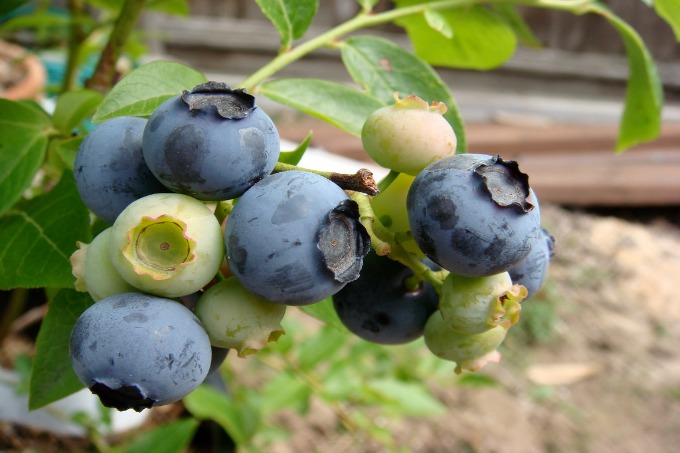
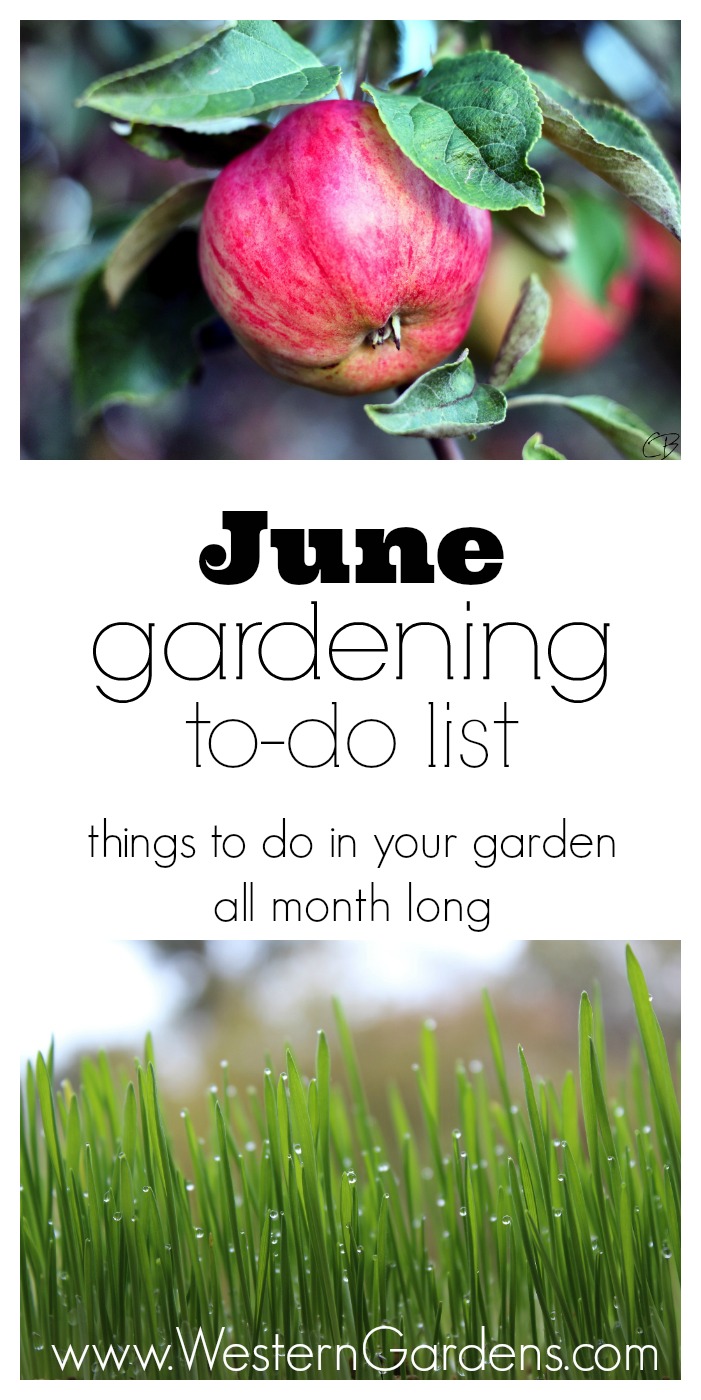
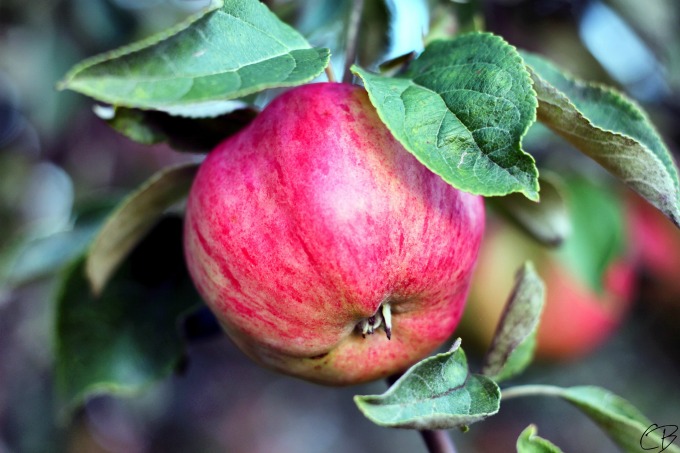
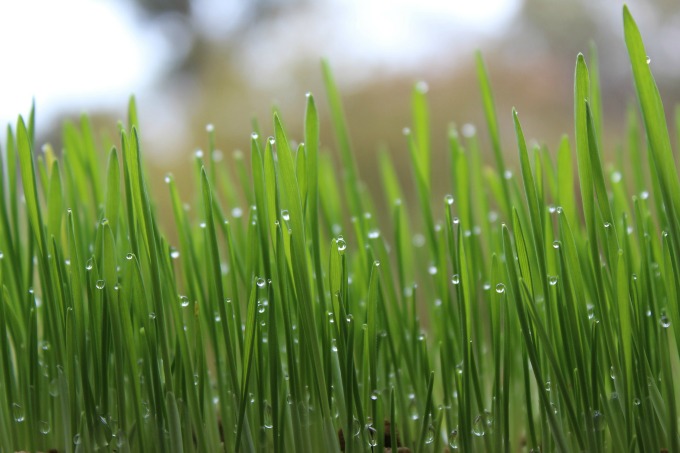
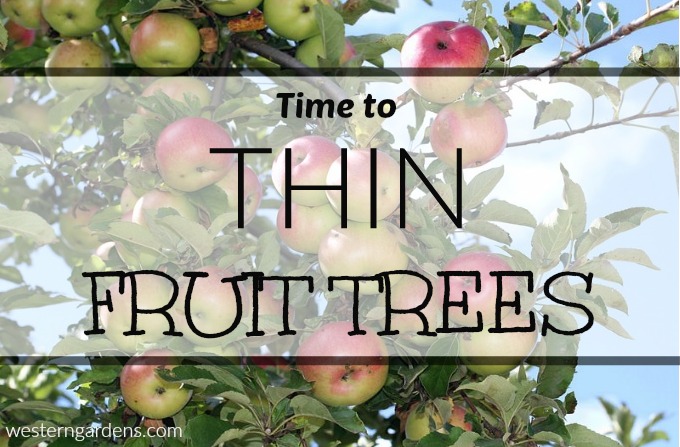
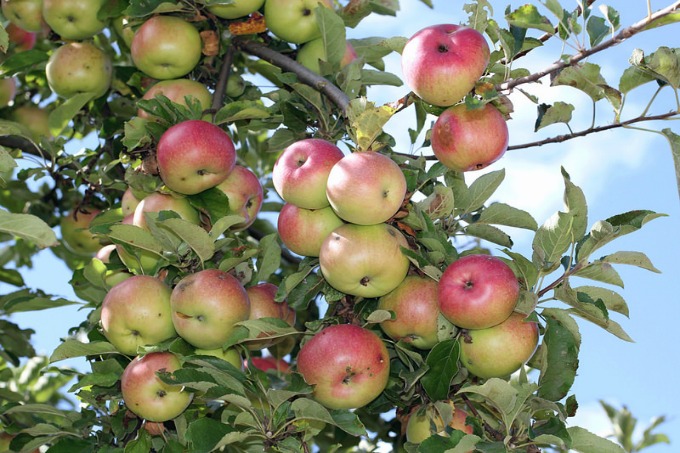
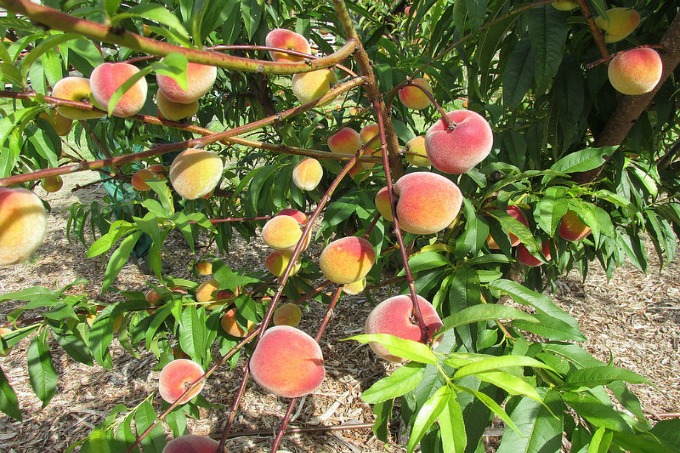
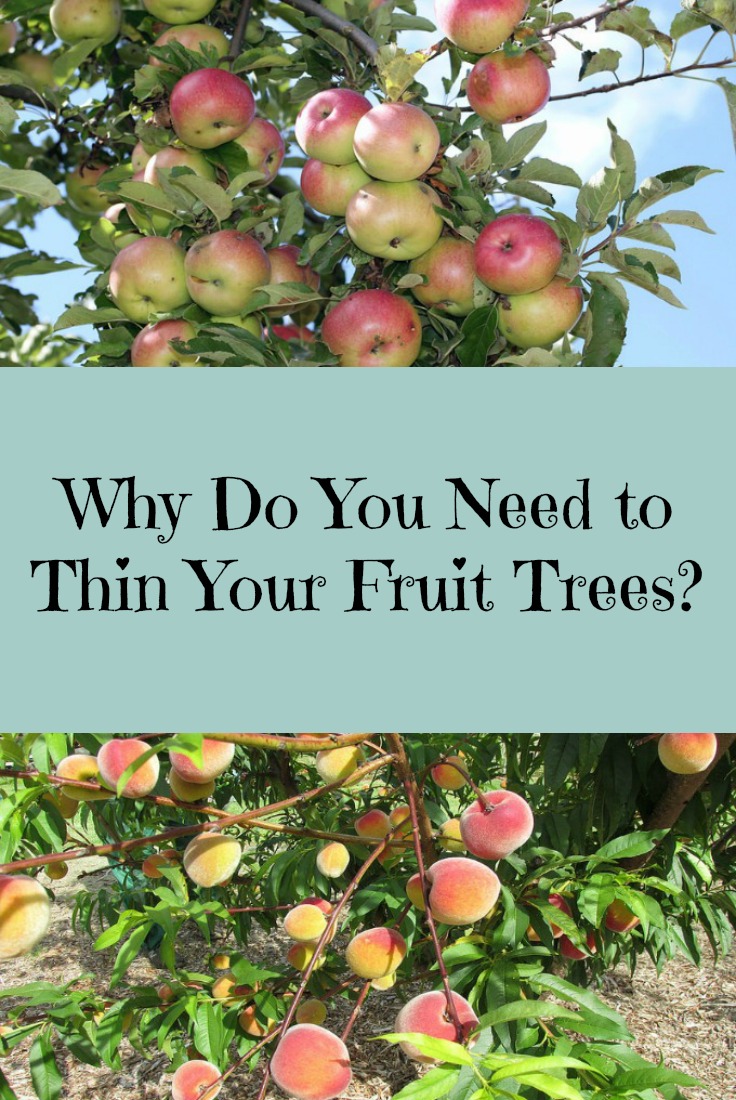
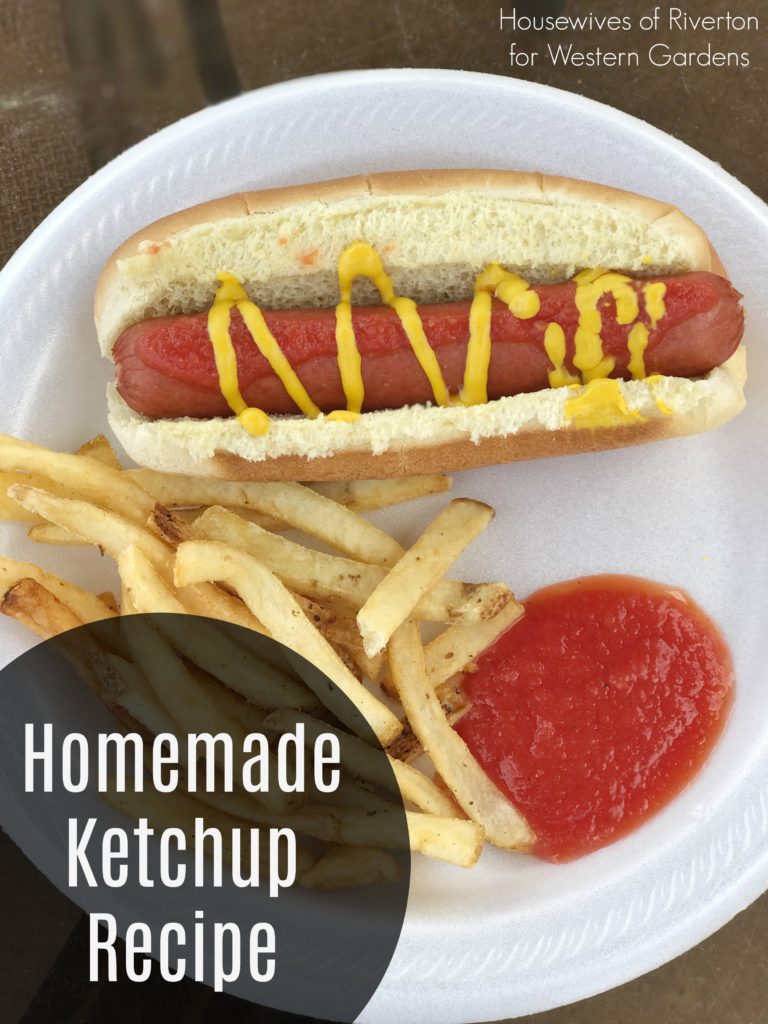 Are you looking forward to summertime and all the amazing foods summer brings? I love picnics and bbq-ing, basically anything that allows me to eat outside and on dishes I don’t have to wash afterward. One consistent condiment is ketchup, it seems like ketchup goes with just about every summertime meal.
Are you looking forward to summertime and all the amazing foods summer brings? I love picnics and bbq-ing, basically anything that allows me to eat outside and on dishes I don’t have to wash afterward. One consistent condiment is ketchup, it seems like ketchup goes with just about every summertime meal.